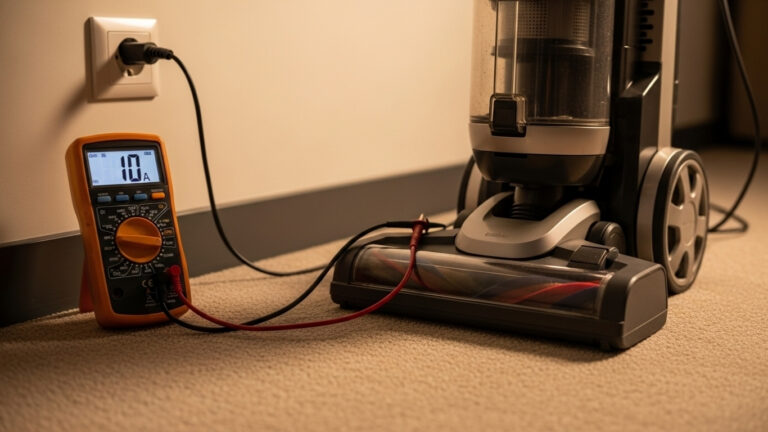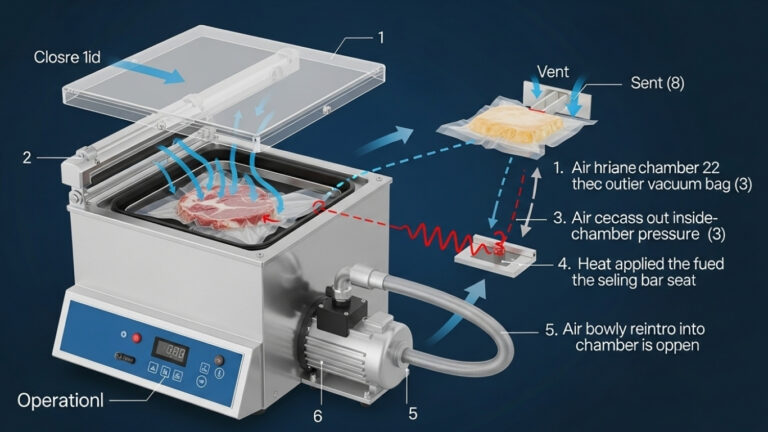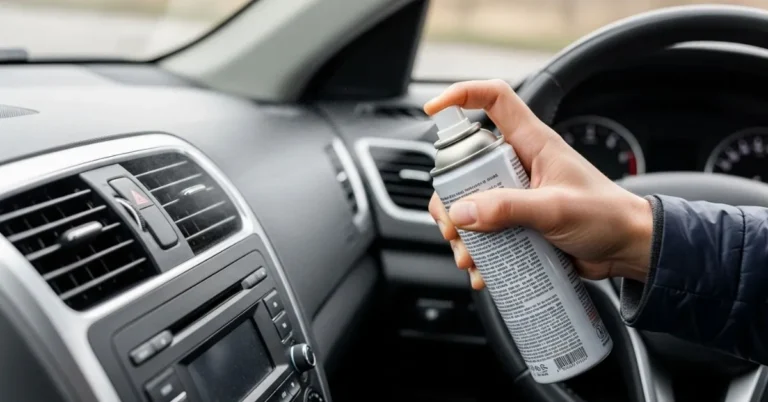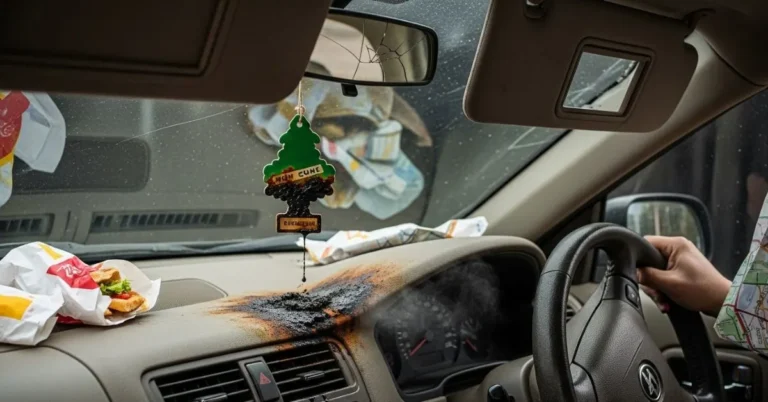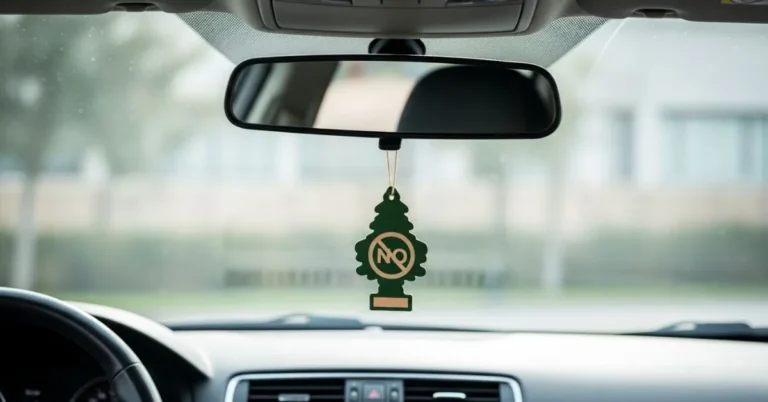You know that feeling you’ve mentally committed to cleaning. You’ve queued up your favorite playlist, moved your coffee to safety, and rolled up your sleeves like a cleaning warrior. You power on your vacuum, expecting a satisfying whoosh and nothing. No suction. Just noise and betrayal.
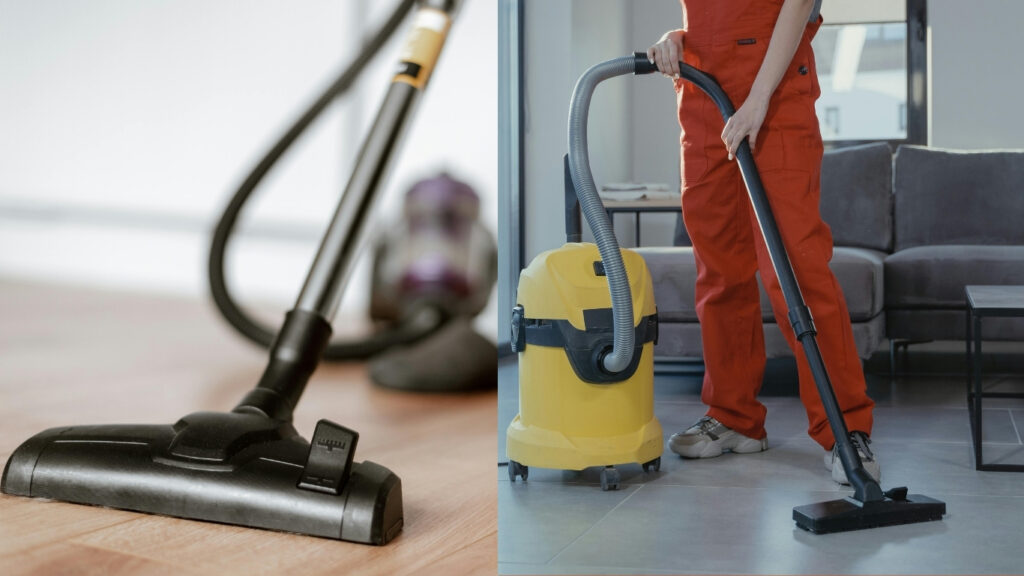
So naturally, I ask myself: Why is my vacuum not sucking?!
If you’ve been there, too, I get it. Vacuum issues are frustrating, especially when crumbs, pet fur, and mystery debris are staging a full-blown carpet uprising. But before you panic, Google a new model, or swear off chores forever, take a breath. Most suction issues are fixable and often way easier (and cheaper) than expected.
Let’s examine the 7 most common culprits behind your vacuum’s rebellion and learn how to fix them like a pro.
Contents
- 1 1. The Dust Bin Is Full (Yep, That’s a Thing)
- 2 2. The Filters Are Clogged (and Possibly Disgusting)
- 3 3. The Hose Is Clogged (Because Socks Love to Hide)
- 4 4. The Brush Roll Is a Hairball Disaster
- 5 5. The Belt Is Broken (or Hanging On for Dear Life)
- 6 6. The Height Setting Is All Wrong
- 7 7. There’s an Air Leak (Yes, That’s a Thing)
- 8 Vacuum Maintenance Tools That Are Worth It
- 9 Frequently Asked Questions
- 10 Expert Thoughts: Suck Less by Cleaning More
- 11 About the Author
1. The Dust Bin Is Full (Yep, That’s a Thing)
Let’s start with the most obvious fix that we all forget.
When your vacuum’s bin or bag is complete with dust bunnies and old cereal, airflow is blocked and guess what? No airflow = no suction. I’ve been guilty of assuming my vacuum is fancy enough to “let me know” when it’s full. Spoiler alert: it didn’t.
How to Fix It:
- Empty the bin or replace the bag (if it uses one).
- Give the inside of the canister a good sweep with a dry microfiber cloth to catch any lingering dust or debris.
- Bonus: Use a soft brush or compressed air to clean the bin seal. You’d be shocked at how much suction gets lost to dust buildup.
Tip: Make it a habit to empty your bin after every few uses even if it looks only half-full. Suction loves breathing room.
2. The Filters Are Clogged (and Possibly Disgusting)
Think of your vacuum’s filters like lungs. If they’re full of dust, the poor thing can’t “breathe” and it certainly can’t suck.
Clogged filters cause suction loss, especially in households with pets or heavy carpet traffic. Sadly, most of us forget these filters exist until the vacuum starts wheezing like a chain smoker.
How to Fix It:
- Locate your vacuum filters (most have a pre-motor and HEPA or exhaust filter).
- Wash them gently (if washable) with lukewarm water and mild soap.
- Let them air fully like completely dry, or you’ll have a moldy mess on your hands.
- If they’re not washable, replace them. Many brands sell 2-packs for less than $15.
Sustainability Bonus: Choose washable filters when possible they last longer and reduce waste.
3. The Hose Is Clogged (Because Socks Love to Hide)
You’d be surprised how many things sneak into your vacuum hose. Socks, hair ties, Legos, dry pasta (don’t ask) any one of these can block suction like a traffic jam on a two-lane highway.
I once found a plastic dinosaur head clogging mine. True story.
How to Fix It:
- Detach the hose completely.
- Hold it up to the light can you see through it?
- If not, push a broomstick or hose-cleaning brush through to remove the blockage.
- For flexible hoses, run hot water through (if the brand allows) or use a vacuum hose cleaning kit.
Handy Tool: A $10 hose cleaning brush can make this job a breeze and save you from having to poke around with coat hangers.
Read More: How to Use a Vacuum Brake Bleeder: A Guide for Beginners
4. The Brush Roll Is a Hairball Disaster
You know those rotating bristles under your vacuum? That’s the brush roll or, as I like to call it, the “hair magnet.”
Over time, it collects hair, thread, and carpet fuzz until it’s so wrapped up that it can’t spin properly completely wrecking suction, especially on carpets and rugs.
How to Fix It:
- Unplug the vacuum.
- Turn the unit upside down and detach the bottom plate.
- Carefully snip away tangled hair and debris using scissors or a seam ripper.
- Spin the brush roll if it rotates freely now, you’ve done your job.
Pet Parent Tip: Clean the brush roll weekly if you have a shedding dog or cat. It’s way easier than waiting for the clog apocalypse.
5. The Belt Is Broken (or Hanging On for Dear Life)
The belt spins the brush roll. If it’s broken, stretched, or even slightly loose, you’ll lose suction, and your vacuum will act like it’s working without actually doing anything.
Like a toddler pretending to clean.
How to Fix It:
- Remove the vacuum base plate.
- Inspect the belt look for cracking, stretching, or slack signs.
- Replace it with a matching belt (they’re usually under $10 and take 10 minutes to swap).
Tip: Keep an extra belt on hand. You’ll be glad you did the next time the brush roll stops mid-clean.
6. The Height Setting Is All Wrong
Modern vacuums often have adjustable height settings for different floor types. But if you’re trying to vacuum hardwood on a “high pile carpet” setting, you’re too far from the dirt to suck it up.
This one’s an easy fix but often overlooked.
How to Fix It:
- Set your vacuum to the lowest setting for hard floors.
- Use medium settings for low-pile rugs.
- Save the highest setting for shag carpets or high-pile rugs.
Reminder: This is a great way to reduce wear on your flooring too!
7. There’s an Air Leak (Yes, That’s a Thing)
I’m still wondering why my vacuum is not sucking even after checking everything. Your vacuum might have an air leak somewhere between the hose, body, and dust chamber.
Cracked hoses, worn seals, or a broken body panel can all divert airflow before it even reaches the floor.
How to Fix It:
- Inspect all hose connections, seals, and ports.
- Look for cracks, loose fittings, or air escaping during use.
- Use duct tape for a temporary fix, or replace the damaged part for a long-term solution.
Eco-Friendly Bonus: Repairing instead of replacing reduces e-waste and saves your wallet.
Vacuum Maintenance Tools That Are Worth It
These inexpensive tools can save you hundreds in repairs and make you feel like a vacuum pro:
| Tool | Why It’s Awesome |
| Filter cleaning brush | Keeps filters lint-free |
| Flexible hose brush | Unclogs hoses without hassle |
| Microfiber cloths | Perfect for wiping bins and seals |
| Belt replacement kit | Great for on-the-spot fixes |
| Mini screwdriver set | For quick disassembly |
You can find all of these on Amazon or your local home store many under $15. #BudgetWin
Read More: How to Hang Coat Rack on the Wall Without Damaging It
Frequently Asked Questions
1. Why is my vacuum not sucking even after cleaning everything?
If you’ve cleaned the bin, filter, hose, and brush roll and it still won’t suck check the belt and seals. One small leak can ruin everything.
2. How often should I clean my vacuum?
Aim for light cleaning (dustbin + filter wipe) after every few uses. Do a deep clean every 1–2 months, especially if you have pets or kids.
3. Can I wash all vacuum filters?
Only if they’re labeled “washable.” HEPA filters and foam filters are often washable but check your manual.
4. Should I replace or repair an old vacuum?
Repairs are usually cheaper and more sustainable if the motor works and parts are available. Consider replacing it if it’s over 10 years old and barely moves dirt.
5. What vacuums have the least suction issues?
Models with bagless cyclonic action and washable filters tend to maintain suction longer. Stick vacuums are trendy, but upright vacuums still rule for power.
Expert Thoughts: Suck Less by Cleaning More
Let’s be real when your vacuum loses suction, it doesn’t mean it’s broken. More often than not, it just needs a little TLC. From clogged hoses to tangled brush rolls, the fixes are simple, affordable, and incredibly satisfying.
So the next time you mutter, “Why is my vacuum not sucking?” remember: don’t toss it. Troubleshoot it. Your vacuum (and your budget) will thank you.

